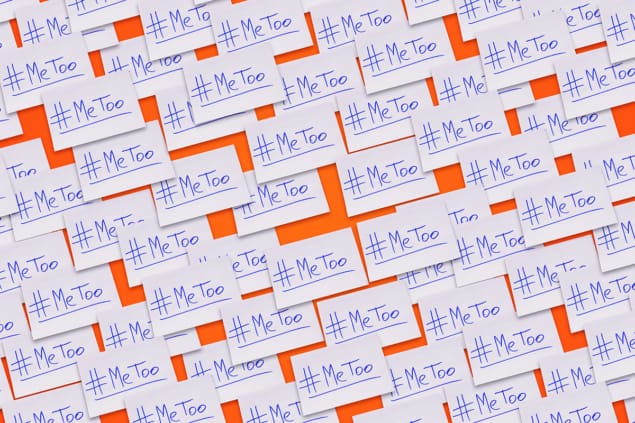
Around three-quarters of US female physics undergraduates have experienced sexual harassment during their studies. That is according to an analysis of surveys that were carried out in 2017 at conferences for undergraduate women in physics. The authors of the study, which is published in Physical Review Physics Education Research, say that their results show the pervasiveness of sexual harassment in physics and its impact on female physicists.
More than 450 female undergraduates answered the surveys, which asked them about their experiences of sexual harassment within the previous two years that was associated with physics – defined as being in research labs, classrooms, instructional settings or student organised events. Given that 1349 physics bachelor degrees in the US were earned by women in 2015, the researchers say that their study covers a large proportion of female physics undergraduate students.
Recognising and condemning gender harassment will both address the harm of gender harassment and prevent other types of sexually harassing behaviour
Lauren Aycock
The authors split sexual harassment into three categories. This includes “sexist gender harassment” in which women receive sexist comments or are treated differently, ignored or put down because of their gender. Another category — sexual gender harassment — involves women being subjected to inappropriate sexual remarks, jokes or stories or having sexual comments made about them. The final category — unwanted sexual attention — includes being repeatedly asked out after they had declined or being touched without their permission in a way that made them feel uncomfortable.
Overall, 74% of respondents had experienced at least one form of sexual harassment with 68% having experienced sexist gender harassment, while 51% had been subjected to sexual gender harassment and 24% had dealt with unwanted sexual attention. Indeed, many students had experienced more than one form of sexual harassment with one-fifth stating that they had experienced all three categories of harassment and a quarter saying that they had been subjected to both sexist and sexual gender harassment.
Addressing the problem
The study’s lead author, physicist Lauren Aycock, who is a science and technology policy fellow at the US Department of Energy, told Physics World that she undertook the study as she had “concerns” that the culture of physics is hostile to women and wanted to quantify the scope of sexual harassment in physics to enable “productive discussions that extends beyond personal anecdotes”.
Aycock says that the way to tackle sexual harassment in physics is to address gender harassment. “[This type] is the most common form and a type of sexual harassment that conveys derogatory attitudes about women that is often dismissed as not real harassment,” she says. “However, it has been shown to have substantial negative consequences on individuals”. US societies join forces to tackle sexual harassment in science
Indeed, the students were asked questions designed to assess the impact of sexual harassment with the study finding that it eroded students’ sense of belonging in physics and made them doubt their accomplishments as well as become fearful of being exposed as a fraud — also known as imposter syndrome. “Both a sense of belonging and imposter phenomenon have been shown to impact persistence in the field,” says Aycock.
Aycock adds that the study highlights the scale of sexual harassment in physics without the need for women to tell their stories. “Recognising and condemning gender harassment will both address the harm of gender harassment and prevent other types of sexually harassing behaviour,” she says. “I hope our findings will be used as a good starting place for physics departments to address gender harassment.”
Meanwhile, a joint report by the International Society for Optics and Photonics (SPIE) and The Optical Society (OSA), released last week, found that 24% of women reported being harassed while attending meetings organised by SPIE and the OSA compared to 4% of men. Harassment was most likely to occur to those aged between 40 to 49.



